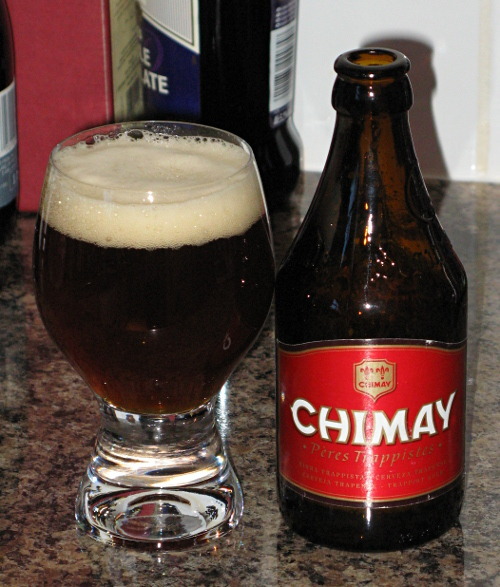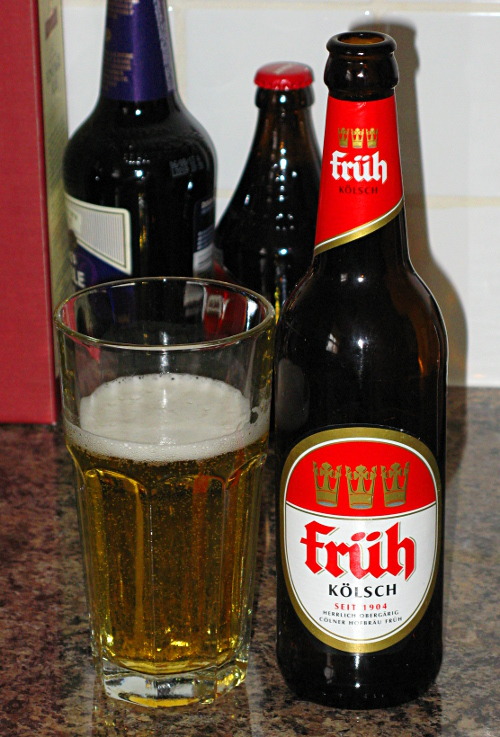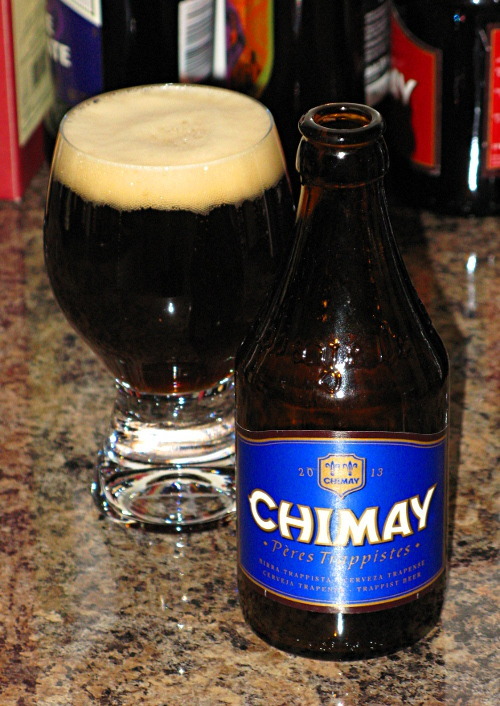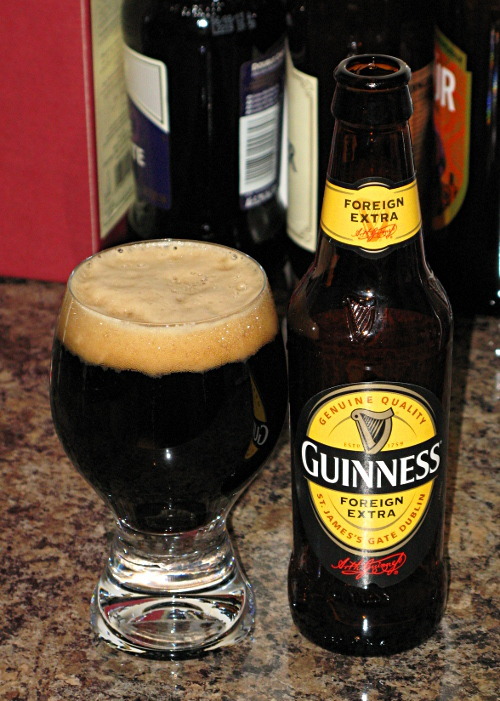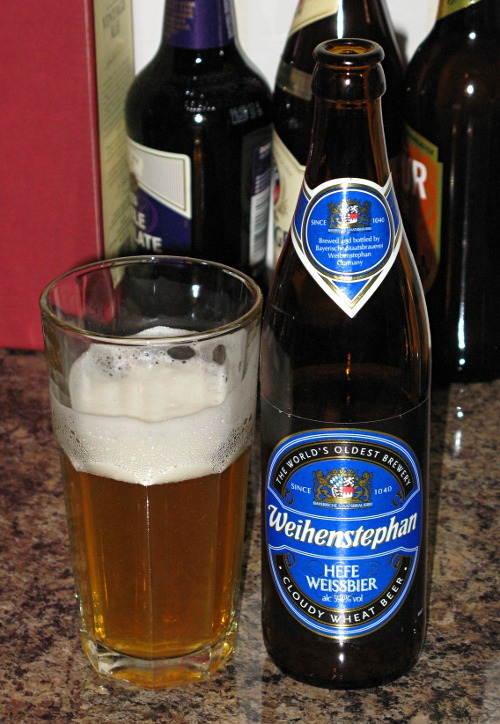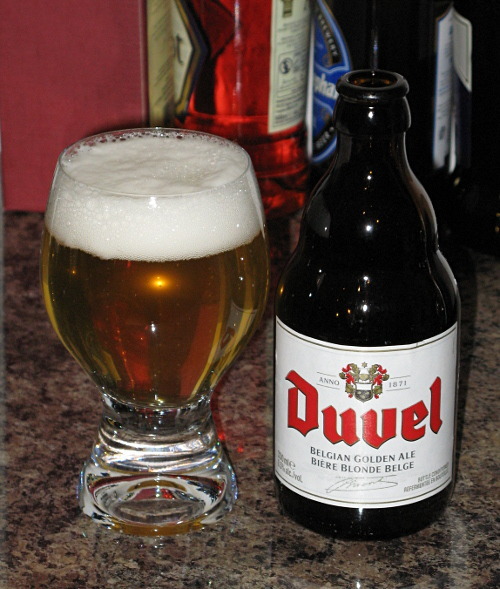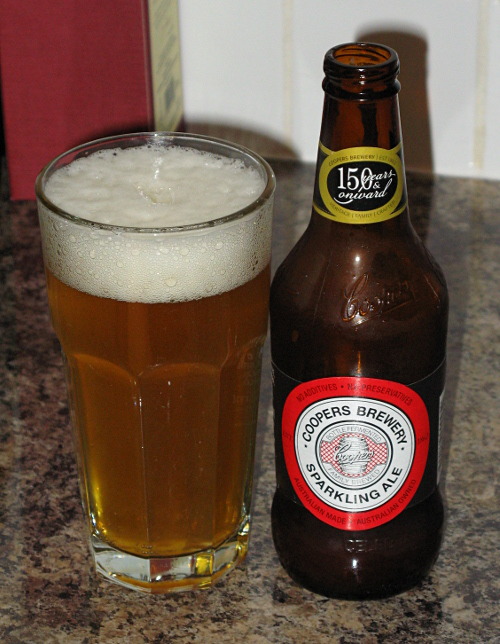Oh cripes, here we go again. From Wells & Young’s, the incorrigible beer-botherers who took a bitter and turned it into the lamentable Wells Banana Bread Beer comes another flavoured concoction. This time they’ve taken a stout and flavoured it with chocolate.
The thing is, there is actually a valid style of beer known as Chocolate Stout, but the term comes from the use of chocolate malts (named for the colour, more than anything). Young’s have apparently taken one of those and made it “double” by the addition of “natural chocolate flavour”, which doesn’t fill me with optimism.
Now, I do love a good stout. Enough to know that a good stout or porter should not really need any extra help to give out chocolatey, coffee notes. That this one does need a leg up has me fearing the worst.
Still, it’s in The Book, so I think we all know what comes next.
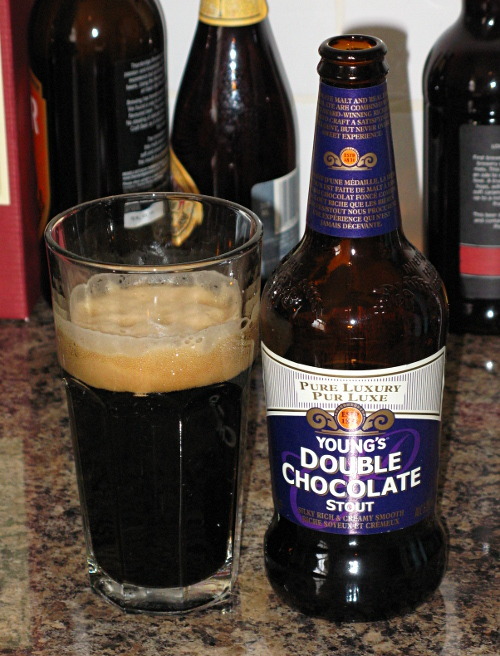
Sniffing the brew with some trepidation, I’m almost relieved that I’m not actually getting a lot of chocolate. In fact this smells a lot like a decent, normal stout with a faint whiff of something extra, yet subtle.
That carries through to the taste. Again, there are no strongly discernable chocolate notes beyond what might be expected from a stout. In fact Young’s Double Chocolate ticks all the stouty boxes: it’s full-bodied and smooth with a good long bitter finish. If anything the chocolate addition just helps to take away a little of the rougher smokiness that many stouts have.
To my surprise, the result is really quite a nice beer, and I soon find myself settling in and enjoying it.
This perhaps doesn’t attain the level of “pure luxury/pur luxe” that the label aspires to, and it’s not a patch on, say, the Guinness Foreign Extra we saw recently, or my current favourite, The Redchurch Brewery’s Hoxton Stout, but it’s really OK.
Whether by luck or by judgment, this time Wells & Young’s haven’t created a monster by ruining a perfectly good beer. This is, on its own merits, a perfectly good, enjoyable beer.
Facts and Figures
| Brewery: | Wells and Young’s, Bedford, England |
| Style: | Porters and Stouts |
| ABV: | 5.2% |
| Found at: | Jolly Good News, Rosendale Road, London SE24 |
| Dispense: | 500ml Bottle |

